ZHCSJE7A March 2019 – September 2019 LM76202-Q1
PRODUCTION DATA.
- 1 特性
- 2 应用
- 3 说明
- 4 修订历史记录
- 5 Pin Configuration and Functions
- 6 Specifications
- 7 Parameter Measurement Information
-
8 Detailed Description
- 8.1 Overview
- 8.2 Functional Block Diagram
- 8.3
Feature Description
- 8.3.1 Undervoltage Lockout (UVLO)
- 8.3.2 Overvoltage Protection (OVP)
- 8.3.3 Reverse Battery Protection
- 8.3.4 Hot Plug-In and In-Rush Current Control
- 8.3.5 Overload and Short Circuit Protection
- 8.4 Device Functional Modes
-
9 Application and Implementation
- 9.1 Application Information
- 9.2
Typical Application
- 9.2.1 Design Requirements
- 9.2.2 Detailed Design Procedure
- 9.2.3 Application Curves
- 10Power Supply Recommendations
- 11Layout
- 12器件和文档支持
- 13机械、封装和可订购信息
6.6 Typical Characteristics
TA = 25 °C, V(IN) = 12 V, V(SHDN)= 2 V, R(ILIM) = 120 kΩ, IMON = FLT = OPEN, C(IN) = 0.1 μF, C(OUT) = 1 μF, C(dVdT) = OPEN. (Unless otherwise noted)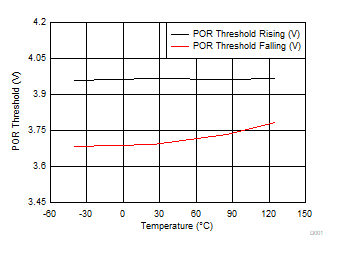
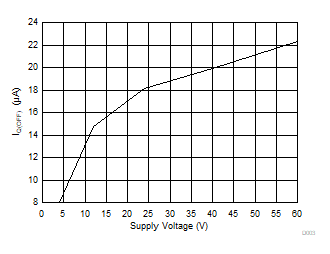
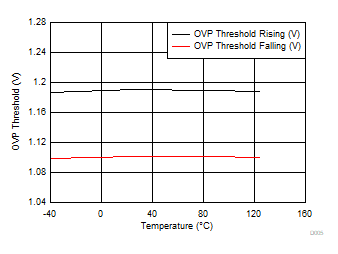
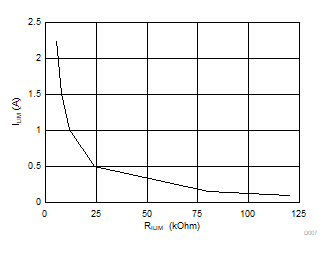
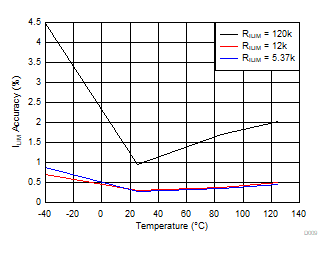
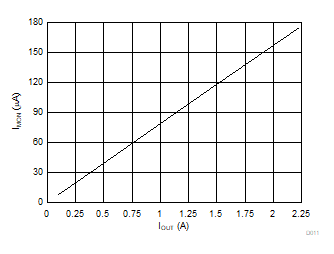
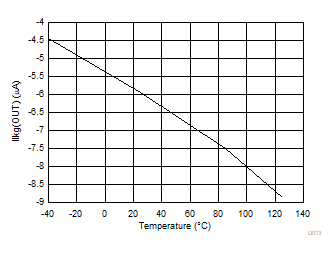
| V(OUT) = 24 V | V(IN) = 0 V | VSHDN = 0 V |
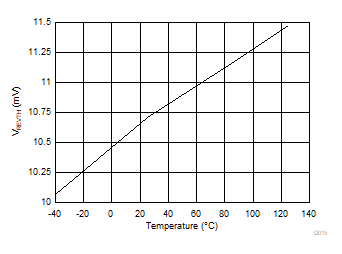
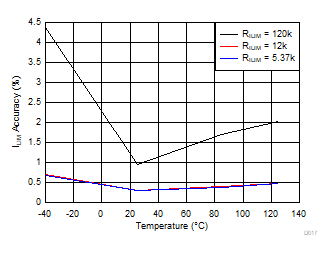
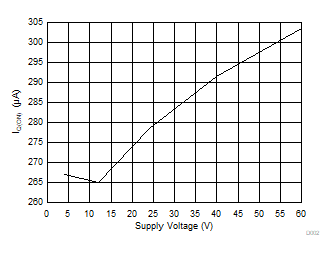
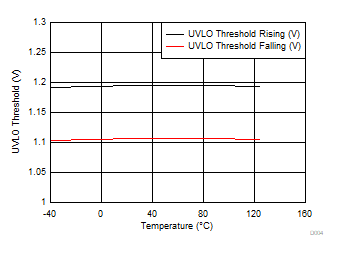
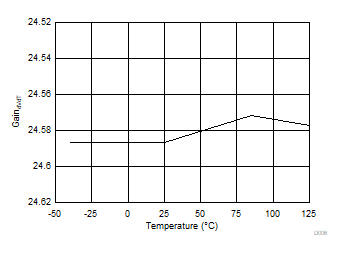
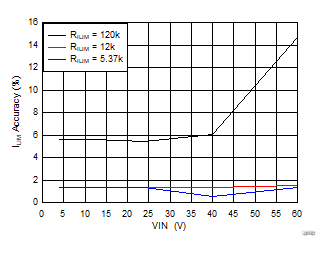
| TA = -40 to 125 °C |
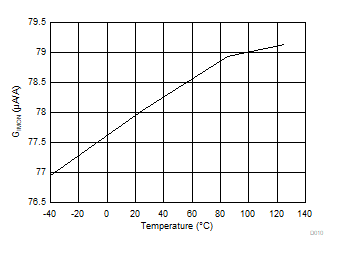
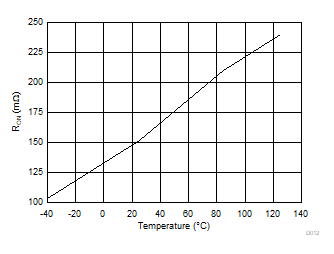
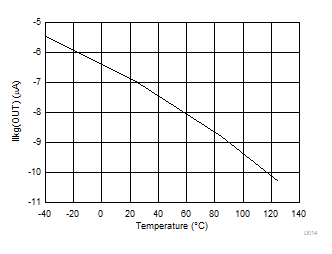
| V(OUT) = 0 V | V(IN) = –24 V | VSHDN = 0 V |
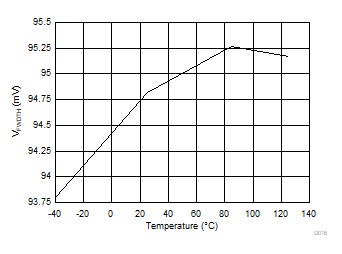
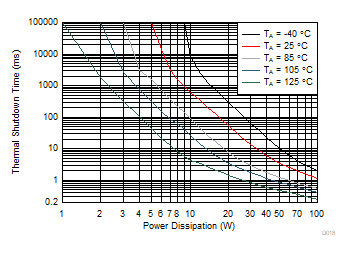
Taken on 2-layer PCB with 0.07-mm thick copper and copper area of 10.5 cm2 connected to PowerPAD.
Figure 18. Thermal Shutdown Time vs Power Dissipation